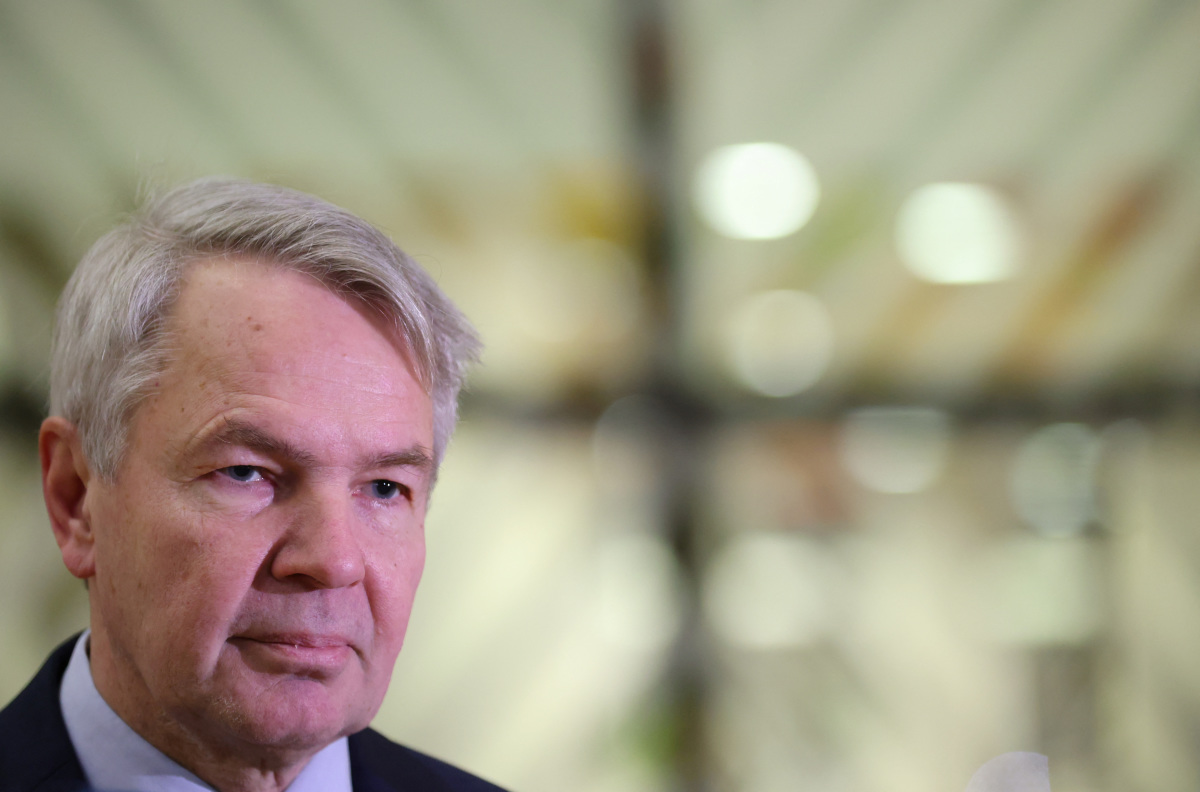Manufacturing of wants is hard anywhere for marketers, but the challenge is bigger when the bottom half of the population takes home only 13% of national income.
While India’s rapid economic growth since the 1990s has undoubtedly expanded the spending capacity of its 1.4 billion people, acute and rising inequality – among the worst in the world – makes for a notoriously budget-conscious median consumer. Companies can take nothing for granted: For Unilever’s local Indian unit, a late winter crimped sales of skin-care products last quarter.
Still, the maker of Dove body wash and Surf detergent managed to eke out an overall 5% increase in sales volume from a year earlier, lifting net income to 25.1 billion rupees ($309 million), slightly better than expected.
That was achieved by price cuts – passing along the benefit of lower palm-oil costs to soap buyers – and a step up in promotion and advertising. Still, not all players have the market leader’s financial chops.
Investors who look closely at Hindustan Unilever Ltd.’s earnings for a pulse on India’s consumer demand will note with dismay the slide in industry-wide volumes for cleaning liquids, personal care items, and food, the categories in which the firm competes.
This isn’t new. Consumer demand in India has been moderating since August 2021. Village households, many of which had to liquidate their gold holdings and other assets to treat Covid-19 patients during that summer’s lethal delta outbreak, were not in a mood to spend even after the surge in deaths and hospitalization ebbed.
Then, as major economies began to open up and crude oil and other commodities began to get pricier, firms like Unilever responded to the squeeze by reducing how much they put in a pack. Their idea was to hold on to psychologically crucial “magic price points” – such as five or 10 rupees – in the hope that customers will replenish more often. But when inflation accelerated after the start of the war in Ukraine, there was no option except to shatter the illusion of affordability by raising prices. Volumes flat-lined in the March quarter.
“The worst of inflation is behind us,” Sanjiv Mehta, the chief executive officer, said in a statement after last week’s earnings report. That seems to be the case indeed. India’s aggregate price index rose a slower-than-expected 5.7% in December, the third straight month of cooling. That’s why perhaps instead of pushing four 100-gram bars of Lux soap for 140 rupees, Unilever is charging 156 rupees for five, according to the Business Standard. In offering an 11% price cut by bulking up pack sizes, the company is betting that most households’ budget can now accommodate an extra outlay of 16 rupees.
It’s a reasonable gamble. A bumper wheat harvest is expected this spring. Rural India, which employs two out of three workers, found jobs for a disproportionately larger share of new entrants to the labor force in November and December, according to Mahesh Vyas of CMIE, a private firm that fills in for reliable official jobs data. “Most of the additional employment is happening in rural India and not in the towns,” he says.
And that may well put the spotlight next year on faltering spending in cities. The tech industry is wobbling globally. In India, too, startups are firing employees in large numbers; some former darlings of venture capital, such as online test-prep and education firms, are becoming irrelevant now that Covid-19 restrictions on physical classes have ended.
Meanwhile, India’s software-exports industry – a large employer in metropolises – has become wary of hiring because of slowing global growth. “The pain in urban consumption seems to be showing up,” JM Financial analysts Richard Liu and others wrote last week after Asian Paints Ltd.’s earnings. The demand that burst forth after the economy’s post-pandemic reopening stands exhausted. India’s largest decorative paints company saw no volume growth in the December quarter. That could partly be because of late monsoon rains, which prompted consumers to shelve their house-painting projects. But it could also be a return of caution.
India’s really unconstrained consumption boom is to be witnessed in super-luxury cars, an annual market of about 450 buyers who can afford to spend out of their wealth on a Maybach or Bentley costing more than $250,000 apiece. For a vast majority with zero or negative net worth, their expenditure on tea, cookies or shampoo must come out of that sliver of national income to which they can lay a claim.
At the bottom of India’s socioeconomic pyramid, meeting daily needs is a struggle even when gross domestic product is expanding at 7% and the government is being liberal with social transfers.
In a year when that’s unlikely because of a global slowdown and domestic fiscal belt-tightening, wants manufactured by the country’s highly creative advertising industry may have to compete hard for a slice of the limited household budget.
A fading of last year’s inflation will create some room for additional spending, particularly in villages. But the consumption sentiment in cities may remain subdued.
(Except for the headline, this story has not been edited by NDTV staff and is published from a syndicated feed.)
Featured Video Of The Day
Pathaan Makes Rs 300 Crore In Advance Bookings






